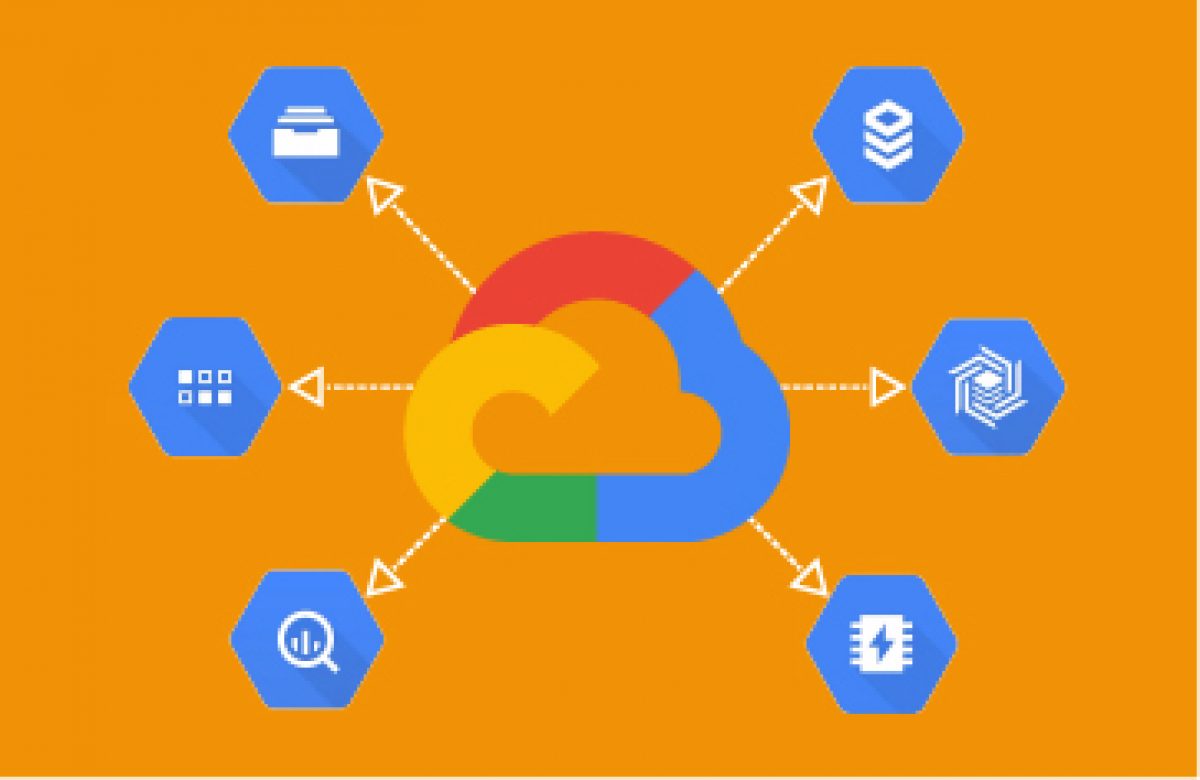Google Cloud Platform (GCP) is a powerhouse of innovation, born from a company that defined global-scale infrastructure. It offers unparalleled tools for data analytics (BigQuery), container orchestration (Google Kubernetes Engine – GKE), and artificial intelligence (Vertex AI). Businesses migrate to GCP to harness this power, but they often collide with a harsh reality: this power comes with immense complexity. Without expert guidance, the cloud, which was promised as a flexible utility, can become a chaotic, insecure, and financially draining “black box.” This is where GCP Managed Services transition from a luxury to an absolute necessity.
The “do-it-yourself” (DIY) approach to cloud management is a trap. Internal IT teams, already stretched thin, are suddenly expected to become experts in hundreds of specialized services, complex IAM (Identity and Access Management) policies, and a byzantine billing system. The result is a state of “cloud chaos”: costs spiral out of control, security configurations are overlooked, and the platform’s performance fails to meet its promise. A Managed GCP solution is the strategic answer to this chaos. It’s a partnership that simplifies both cost and operations, allowing you to stop managing the cloud and start using it.
A dedicated provider like Opsio Cloud doesn’t just “fix” problems; they implement a proactive framework for continuous optimization and cost control. This guide will explore how this managed model demystifies GCP and transforms it from a complex liability into a simple, efficient, and predictable asset.
Pillar 1: Simplifying Cost Control (The FinOps Revolution)
For most businesses, the biggest and most painful cloud complexity is the monthly bill. It’s often a volatile, unpredictable, and terrifying document. A managed provider simplifies this by implementing a continuous FinOps (Cloud Financial Operations) discipline.
From “Bill Shock” to “Bill Clarity” (Waste Elimination) In an unmanaged environment, “cloud waste” is rampant and silent. This includes:
- “Zombie” Assets: Orphaned persistent disks that are no longer attached to a VM but are still being billed for.
- Idle Resources: Unused static IP addresses, idle load balancers, or GCE instances that were spun up for a test and never spun down.
A managed provider uses automated tools and 24/7 oversight to hunt and eliminate this waste. This is the first and fastest way to simplify your bill.
The Art of “Right-Sizing” The second-largest source of waste is over-provisioning. A developer, fearing a performance issue, will provision a n2-standard-16 (16 vCPU) instance for a workload that only needs an n2-standard-4. They are paying for 75% more capacity than they need.
A provider of GCP Managed Services simplifies this by using data, not guesswork. They analyze real-time utilization metrics and provide data-driven “right-sizing” recommendations, ensuring you pay only for the exact resources you need without compromising performance.
Mastering Committed Use Discounts (CUDs) Google offers powerful discounts (up to 57-70%) for “Committed Use.” But this is a complex financial game. Should you get a 1-year or 3-year CUD? Should it be resource-based or flexible? Committing to the wrong thing locks in your “waste” at a lower price.
An MSP acts as your expert FinOps manager. They have the expertise to analyze your usage patterns and manage a portfolio of CUDs, ensuring you maximize your discounts on stable workloads while maintaining flexibility for dynamic ones. They simplify this complex financial instrument into pure, predictable savings.
Enforcing Cost Governance Finally, an MSP simplifies cost control by preventing overruns before they happen. They use Google’s native governance tools to:
- Enforce Labeling: Implement a strict labeling policy so every resource is tied to a specific project, department, or cost center.
- Set Budgets & Alerts: Create automated alerts that notify the team when a project is approaching its budget.
- Enforce Quotas: Set hard quotas to prevent a rogue script or developer from spinning up thousands of dollars in resources by accident.
Pillar 2: Simplifying Cloud Optimization (Performance, Operations, & Security)
Optimization is a broad term, but it’s the other half of the efficiency puzzle. An unmanaged environment is not just expensive; it’s also unstable, insecure, and slow.
Operational Optimization (The 24/7 Proactive NOC) In a DIY model, your team is a “fire department.” They are reactive. An alert fires at 3 AM that a server is down, and someone is woken up to fix it. This is not efficient.
A Managed GCP solution provides a 24/7/365 Network Operations Center (NOC) that is proactive.
- AIOps-Driven Monitoring: They use AIOps (AI for IT Operations) platforms that analyze trends to predict failures before they happen. You get a notification that says, “We detected a memory leak on this server and remediated it during your maintenance window. No downtime occurred.”
- Automated Patching: They handle the time-consuming, repetitive work of patching your GCE instances, ensuring you are always secure and stable.
- SLA-Backed Uptime: This reliability is not a “best effort” promise. It’s a contractual Service Level Agreement (SLA) that guarantees uptime and response times.
Security Optimization (The 24/7 SOC) An unoptimized cloud is an insecure one. Google’s “Shared Responsibility Model” is clear: Google secures of the cloud, but you are 100% responsible for securing in the cloud. This is where most businesses fail.
A managed provider simplifies this by providing a 24/7 Security Operations Center (SOC).
- 24/7 Threat Hunting: They centralize your logs in a SIEM (like Google Security Command Center) and have experts actively hunting for threats.
- IAM Mastery: This is GCP’s most complex and critical security component. An MSP simplifies it by enforcing the “principle of least privilege,” ensuring users and service accounts only have the permissions they absolutely need.
- Vulnerability Management: They run automated vulnerability scans and manage the remediation of discovered issues, simplifying compliance and hardening your posture.
Architectural & Performance Optimization Finally, a managed provider simplifies optimization by providing on-demand architectural guidance.
- Using the Right Tools: Your team may ask, “Should we use GKE, Cloud Run, or App Engine?” An MSP, like Opsio Cloud, has the expertise to provide the right answer for your specific workload, optimizing for both performance and cost.
- Well-Architected Framework: They ensure your environment is built according to Google’s Well-Architected Framework, simplifying future scalability and resilience.
Conclusion: The True Simplification is Liberating Your Team
The “simplification” offered by GCP Managed Services is not just about a lower, more predictable bill or a more stable platform. That is the result.
The true simplification is human.
In an unmanaged environment, your best, most expensive, and most creative engineers are spending 80% of their time on low-value, repetitive “toil”—patching, managing alerts, troubleshooting, and auditing bills.
When you partner with an expert, you offload this 80% burden. This liberates your team to focus on the 20% of work that matters:
- Building new, revenue-generating applications.
- Analyzing your data in BigQuery to find new business insights.
- Training new AI models on Vertex AI to create a competitive advantage.
You transform your IT team from an “infrastructure janitor” into an “innovation engine.” This is the ultimate promise of a partner like opsiocloud. Stop managing complexity. Start leveraging the power of a simplified, optimized, and cost-controlled cloud

















